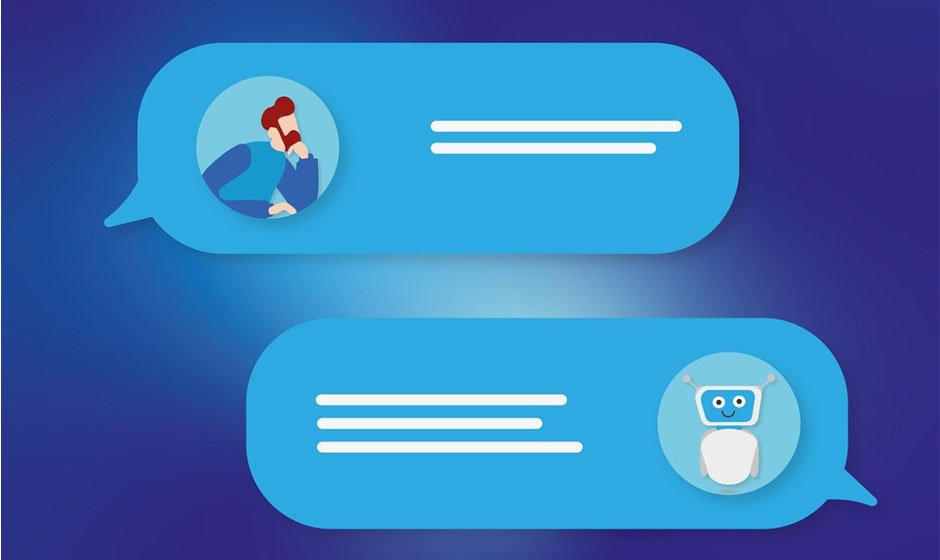Conversational AI in healthcare revolutionizes patient care and medical workflows by enabling natural language interactions between healthcare providers, patients, and digital systems. These AI systems, often implemented as virtual assistants or chatbots, are designed to facilitate communication, assist with administrative tasks, and support clinical decision-making. To ensure a successful implementation, building a robust and reliable conversational AI requires an understanding of the essential qualities needed for healthcare applications, alongside best practices for development.
Critical Qualities of Conversational AI in Healthcare
For conversational AI for healthcare to be effective, it must exhibit several essential qualities that ensure it is functional, secure, and aligned with the specific needs of the healthcare industry. These qualities encompass the technical capabilities of the AI system and its ability to interact safely and efficiently with healthcare users, including patients and clinicians.
Accuracy and Reliability in Understanding Medical Language
Medical language is complex and highly specialized. A critical quality for any conversational AI in healthcare is its ability to interpret medical terminology, symptoms, and patient concerns accurately. The system must be capable of distinguishing between similar-sounding conditions, medications, and medical procedures to provide accurate responses.
Natural language processing (NLP) models within the AI must be trained on healthcare-specific datasets to ensure the AI can handle the intricacies of medical vocabulary. This training enables the AI to understand and respond appropriately to medical professionals and patients, regardless of their level of medical knowledge.
Compliance with Privacy and Security Regulations
Healthcare is one of the most heavily regulated industries due to the sensitivity of patient data. A holistic healthcare conversational AI must prioritize patient privacy and data security. Compliance with regulations like the Health Insurance Portability and Accountability Act (HIPAA) in the U.S. or the General Data Protection Regulation (GDPR) in Europe is critical for any conversational AI handling patient data.
The AI system must ensure that all patient interactions are secure, with data encryption, secure communication protocols, and user authentication processes in place. Additionally, the AI should be designed to store or transmit only the necessary data required to fulfill its tasks, minimizing the risk of data breaches or unauthorized access.
Seamless Integration with Healthcare Systems
For conversational AI for the healthcare industry to provide maximum value, it needs to integrate seamlessly with existing healthcare systems, such as electronic health records (EHRs), telemedicine platforms, and scheduling software. This integration enables the AI to access relevant patient data, assist in booking appointments, and provide clinical decision support based on real-time patient information.
By connecting to EHRs, a conversational AI for health care can retrieve a patient’s medical history, current medications, and diagnostic information to provide accurate responses or alert clinicians to potential issues, such as medication interactions or abnormal test results. The integration must be smooth, and the AI must not disrupt existing workflows but enhance them.
Context Awareness and Personalization
Healthcare interactions require personalized communication based on the patient’s unique medical history, lifestyle, and preferences. A successful conversational AI for healthcare must be context-aware, meaning it can recognize the individual needs of a patient or healthcare provider during each interaction.
This involves the AI system adapting its responses to the specific context of the conversation, such as providing a patient with relevant follow-up care instructions after surgery or recommending lifestyle changes for managing a chronic condition. The AI must be capable of remembering previous interactions to ensure continuity in patient care and provide personalized recommendations based on their medical profile.
Human-Like Conversational Flow
For a healthcare conversational AI to be effective, it must engage in natural and coherent conversations that mimic human interactions. The AI should be able to handle complex queries and manage conversations with logical flow, ensuring users feel understood and supported throughout the interaction.
A human-like conversational flow can enhance patient trust in the system and reduce frustration during interactions, especially for patients seeking advice or clarification on medical issues. The AI should also be equipped to escalate conversations to human healthcare professionals when necessary, ensuring that patients receive appropriate care when the AI’s capabilities are exceeded.
Building a Successful Healthcare Conversational AI
Developing a holistic healthcare conversational AI requires a strategic approach encompassing everything from data collection to regulatory compliance. Here are the essential steps in creating a successful conversational AI system for healthcare.
1. Define the AI’s Purpose and Use Cases
The first step in building an effective conversational AI for the healthcare industry is to define its primary objectives. Different healthcare organizations may require AI systems for various tasks, such as patient scheduling, medication reminders, telemedicine consultations, or symptom triage.
Understanding the specific use cases is critical for developing an AI system that meets the needs of its users. For example, an AI designed for telemedicine will have different requirements than one built for administrative support. Defining these use cases ensures that the AI is tailored to the demands of the healthcare environment.
2. Develop a Strong Natural Language Processing Model
NLP is the backbone of any conversational AI system. In healthcare, it is essential that the NLP model can handle complex medical terminology and understand the nuances of patient symptoms and clinical diagnoses. The AI must be able to process and respond to both spoken and written queries in an accurate and contextually relevant way.
Developers should train the NLP model on large datasets specific to healthcare, including clinical notes, medical research papers, and patient conversations. This training improves the AI’s ability to understand and generate medical language, reducing the likelihood of errors.
3. Integrate with Healthcare Systems and Devices
To maximize its utility, the conversational AI must integrate with the organization’s existing digital infrastructure, including EHRs, diagnostic devices, and telemedicine platforms. This integration allows the AI to access critical patient information, making interactions more informed and personalized.
For instance, if a patient uses the AI to schedule an appointment, the AI should have access to the patient’s medical history to determine whether a follow-up with a specialist is necessary. The integration also ensures that healthcare providers can rely on AI for accurate and up-to-date patient data.
4. Prioritize Security and Compliance
Since conversational AIs handle sensitive patient data, it is essential to prioritize security measures during development. All interactions must be encrypted to prevent unauthorized access, and the AI should be designed with strict privacy protocols to comply with healthcare regulations.
Developers should conduct regular audits to ensure that the system remains compliant with evolving legal requirements and that new security threats are mitigated promptly. This helps maintain trust with healthcare providers and patients who use the AI system.
5. Test and Optimize for User Experience
After development, the AI must undergo rigorous testing to ensure accuracy, reliability, and usability. This involves simulating real-world conversations between patients and healthcare providers to assess how well the AI performs in different scenarios.
User feedback is invaluable during this phase, as it helps identify areas where the AI can be improved for a smoother and more intuitive user experience. Developers should continuously monitor the AI’s performance post-deployment, making adjustments as needed to optimize its capabilities.
Benefits of a Healthcare Conversational AI
The successful implementation of a conversational AI for health care provides numerous benefits for both patients and healthcare providers:
- Improved Patient Access to Care. Conversational AI can offer 24/7 support, allowing patients to ask questions, book appointments, or receive medical advice outside typical office hours.
- Enhanced Efficiency for Healthcare Providers. Automating administrative tasks like appointment scheduling, patient intake, and billing enables healthcare professionals to focus more on patient care.
- Increased Patient Engagement. AI systems can provide personalized health tips, medication reminders, and follow-up care instructions, helping patients manage their health proactively.
- Cost Reduction. Conversational AI can reduce the need for human intervention in administrative tasks and streamline workflows, leading to cost savings for healthcare facilities.
- Data-Driven Insights. AI systems can analyze patient interactions to identify trends, improve clinical decision-making, and offer insights into patient behavior.
Conclusion
Building a conversational AI for the healthcare industry requires a careful balance of technical capabilities, regulatory compliance, and user-centric design. Developers can create AI systems that improve patient care, enhance efficiency, and foster better communication between healthcare providers and patients by focusing on accuracy, security, integration, and personalization. As the healthcare landscape evolves, conversational AI will continue to play a critical role in shaping the future of medical services and improving healthcare delivery.
Author:
Priya Raeesa
Priya is an experienced mobile app developer with a flair for simplifying complex concepts. Her articles aim to demystify the app development world and empower others to create innovative mobile solutions.





